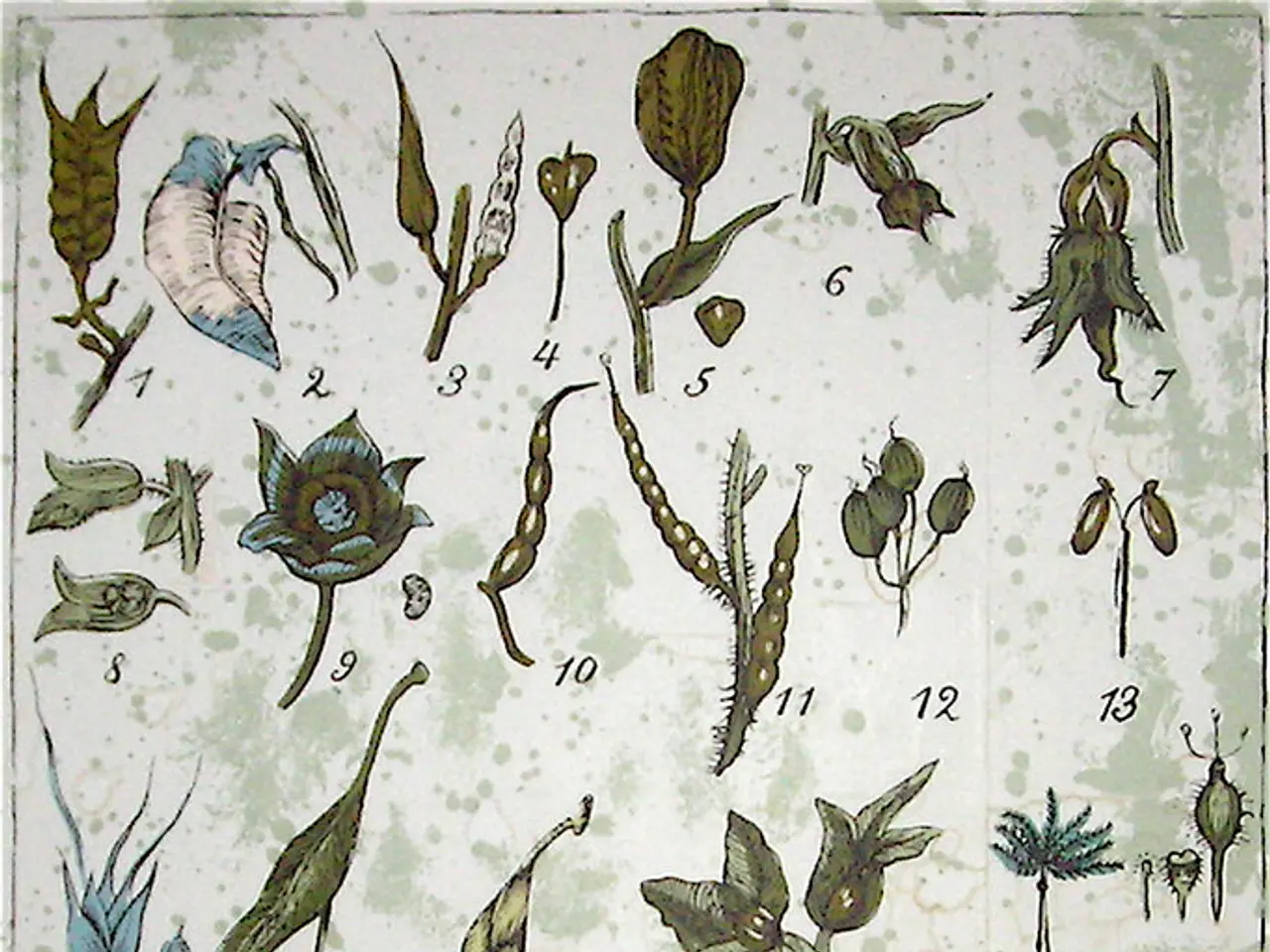Managing Paulownia: A Guide to Eliminating Royal Empress Trees
The rapid growth and spread of the Royal Empress Tree, a native of western China and prized ornamental in Europe, have made it an invasive species in the United States. This fast-growing tree, scientifically known as Paulownia tomentosa, poses a significant threat to native plants, wildlife habitats, and timber and agricultural industries. Here's a guide on how to control and eradicate this invasive species in your garden.
Regular Pruning and Coppicing
Paulownia naturally sprouts vigorously from the base or root collar. Repeated cutting back (coppicing) prevents it from growing tall and spreading seeds. Regular pruning and coppicing weaken the tree over time, making it easier to manage.
Removal of Seedlings
Because Paulownia produces many seeds that germinate easily, consistently removing young seedlings is crucial to prevent new trees from establishing.
Root Removal
Since the tree can resprout from roots, effective eradication requires digging out or killing the root system to prevent regrowth.
Avoid Fertilizing
Fertilizers stimulate vigorous growth; avoiding feeding the tree reduces its vigor and spread.
Mechanical Removal and Monitoring
Due to its vigorous regenerative ability and prolific seeding, long-term, persistent management including mechanical removal and monitoring is essential to control or eradicate this invasive species in gardens.
Using Herbicides
For larger trees, the most effective means of getting rid of royal empress is with the use of herbicides, preferably environmentally friendly ones. The cut and paint method is a common technique: cut the tree down with a chainsaw at the onset of flowering, then apply the same organic or homemade herbicide on the tree stump within a few hours of cutting. Another method is the hack and squirt method, where slits are made around the tree stem into the bark, and an organic herbicide is sprayed into the slits with a handheld spray bottle.
For small tree options, hand pulling is an effective method when capturing the entire root system. This is best done when the soil is moist. For young seedlings or sprouts, applying an organic foliar herbicide is an option if new shoots appear. These sprays may contain seaweed and amino acids.
Disposing of Seeds
Seeds of the royal empress tree should be collected and disposed of in a heavy garbage bag to prevent further spread.
Shelley Pierce, a prolific writer with hundreds of articles contributed to our platform, offers valuable insights on this issue. She emphasizes the importance of consistent management and vigilance in controlling the spread of the royal empress tree.
In conclusion, while the royal empress tree's heart-shaped leaves and clusters of around 2-inch fragrant lavender flowers in the spring might be beautiful, its invasive nature and rapid growth make it a threat to our ecosystems. By following these guidelines, we can work together to control and eradicate this invasive species, preserving our gardens and the environment for future generations.
Adopting regular pruning and coppicing techniques can weaken the rapid growth of the invasive Royal Empress Tree, making it easier to manage in home-and-garden settings. Consistently removing young seedlings and applying organic foliar herbicides are essential steps in preventing new trees from establishing, which aligns with Shelley Pierce's insights on controlling the spread of this invasive species.





